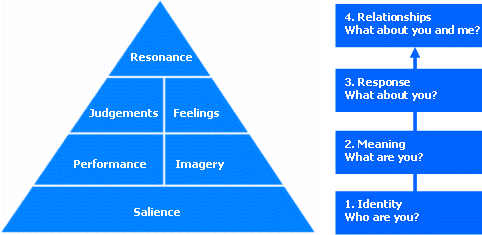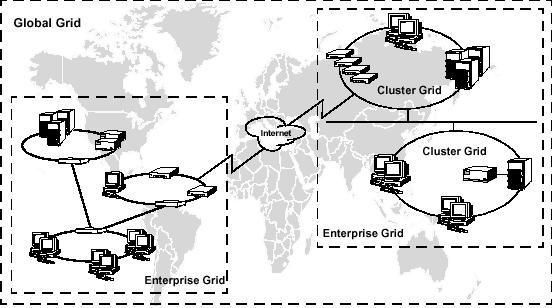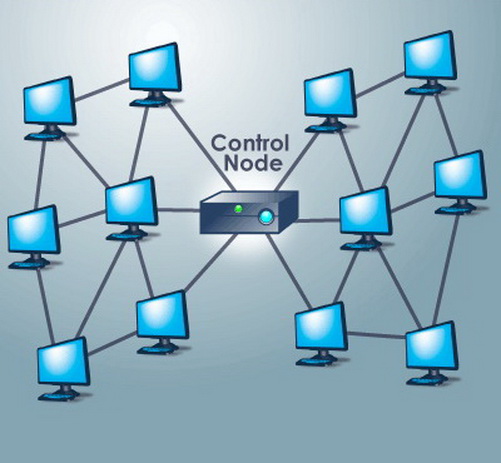Customer-Based Brand Equity (CBBE) Model
Two questions often arise regarding brands: ‘What makes a brand strong?’ and ‘How do you build a strong brand?’ To answer these questions, this section introduces the customer-based brand equity (CBBE) model. This model incorporates theoretical advances and managerial practices in understanding and influencing consumer behaviour. Although useful perspectives concerning brand equity have been put forth, the CBBE model provides a unique point of view as to what brand equity is and how it should be built, measured and managed. The Customer-Based Brand Equity model approaches brand equity from the perspective of the consumer — whether this be an individual or an organization. Understanding the needs and wants of consumers and organizations and devising products and campaigns to satisfy them Continue reading




